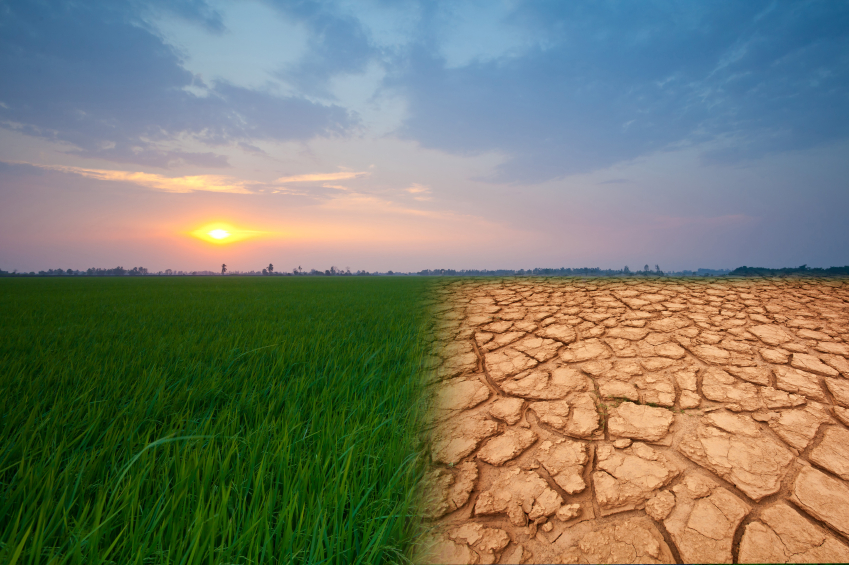- Reduced agricultural productivity: food and forage production will decline in regions experiencing increased frequency and duration of drought. Producers could see increased intensity and frequency of wildfires, depleting water supplies for irrigation and expanded incidence of pests and diseases for crops and livestock.
- Degradation of soil and water resources: degradation of soil and water resources will expand as extreme precipitation events increase, thus threatening crops with excessive runoff, leaching and flooding. This results in erosion, degraded water quality in lakes and streams and damage to rural infrastructure.
- Health challenges to rural populations and livestock: human and livestock health is being challenged due to increased frequency and intensity of high temperature extremes. These conditions can lead to heat exhaustion, heatstroke and heart attacks in humans. Heat stress in livestock results in economic losses for producers.
- Vulnerability and adaptive capacity of rural communities: many rural communities have limited capacity to respond to climate change impacts. Communication, transportation, water and sanitary infrastructure are vulnerable to disruption from climate stressors.
USA - Climate change to lower productivity in major crops, livestock
28.11.2018 314 views
ScaleAgData Stakeholder Engagement Event
22.10.2024The ScaleAgData project is pleased to invite you to our second stakeholder event. Building on the discussions and connections formed during our first webinar, this event will focus on fostering collaboration among stakeholders, providing updates on our project’s progress, and outlining future opportunities for engagement.
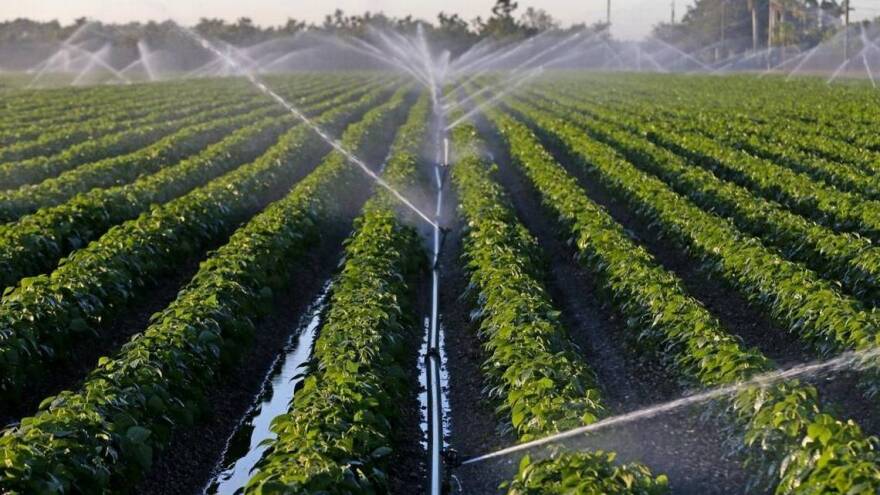
USA - DeSantis Administration Approves $27.4 Million in Conservation and Agricultural Land Protections
Governor Ron DeSantis and the Florida Cabinet on Tuesday approved the protection of more than 21,500 acres of conservation and agricultural land across the state, committing $27.4 million through the Florida Forever and Rural and Family Lands Protection programs.
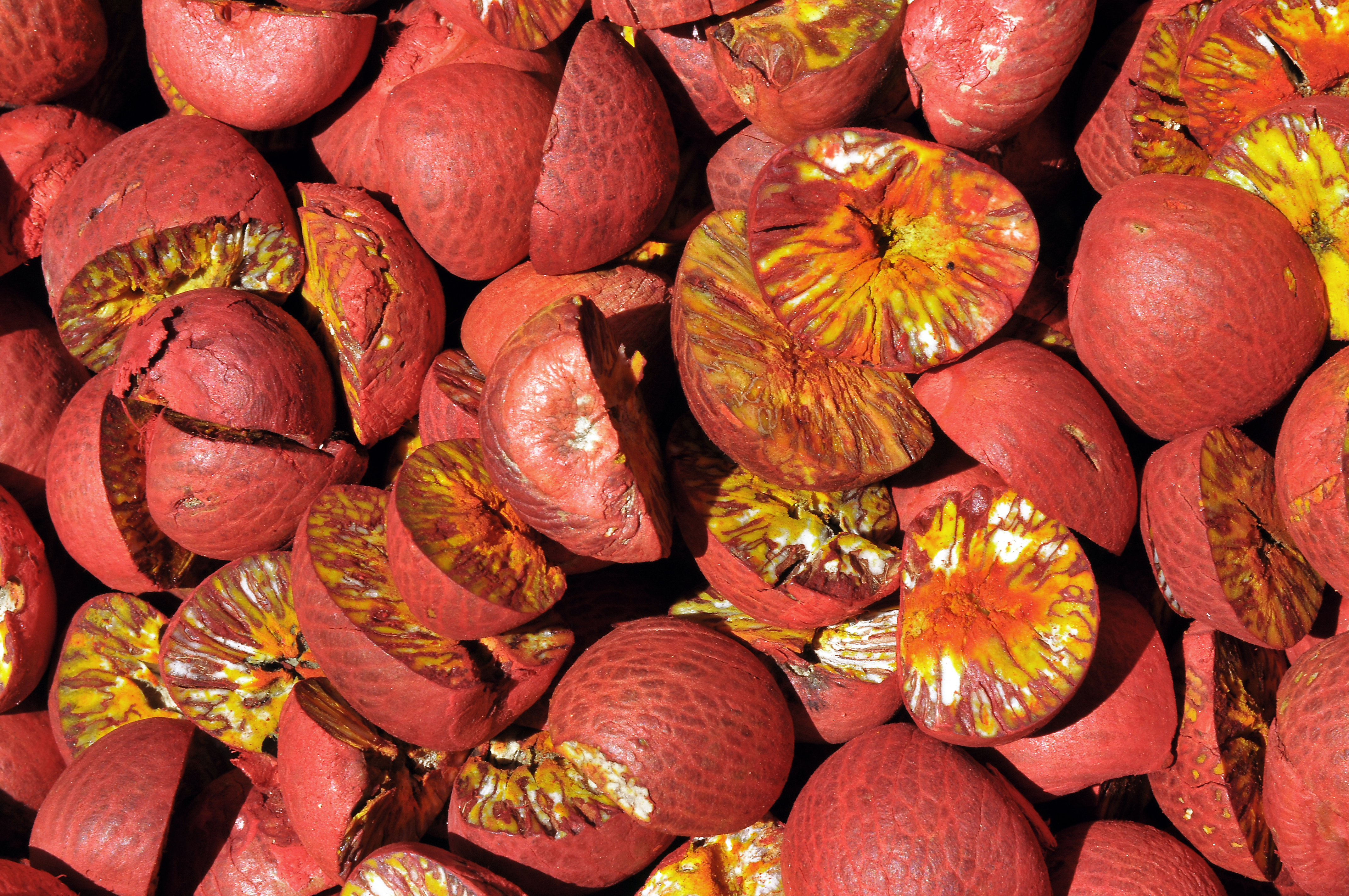
India - Shivamogga arecanut growers reel under rising losses due to crop diseases
The affected area expanded widely, reflecting the growing impact of the diseases on one of the district’s key plantation crops.

Angry farmers block Brussels roads with tractors over Mercosur trade deal
Thousands protest as EU leaders clash over trade pact farmers fear will flood Europe with cheaper South American goods.

Canada - Manitoba Invests $10.5M to Advance Global Agriculture Gate
Manitoba Boosts Gate Funding to $23.5M for Grain Innovation.
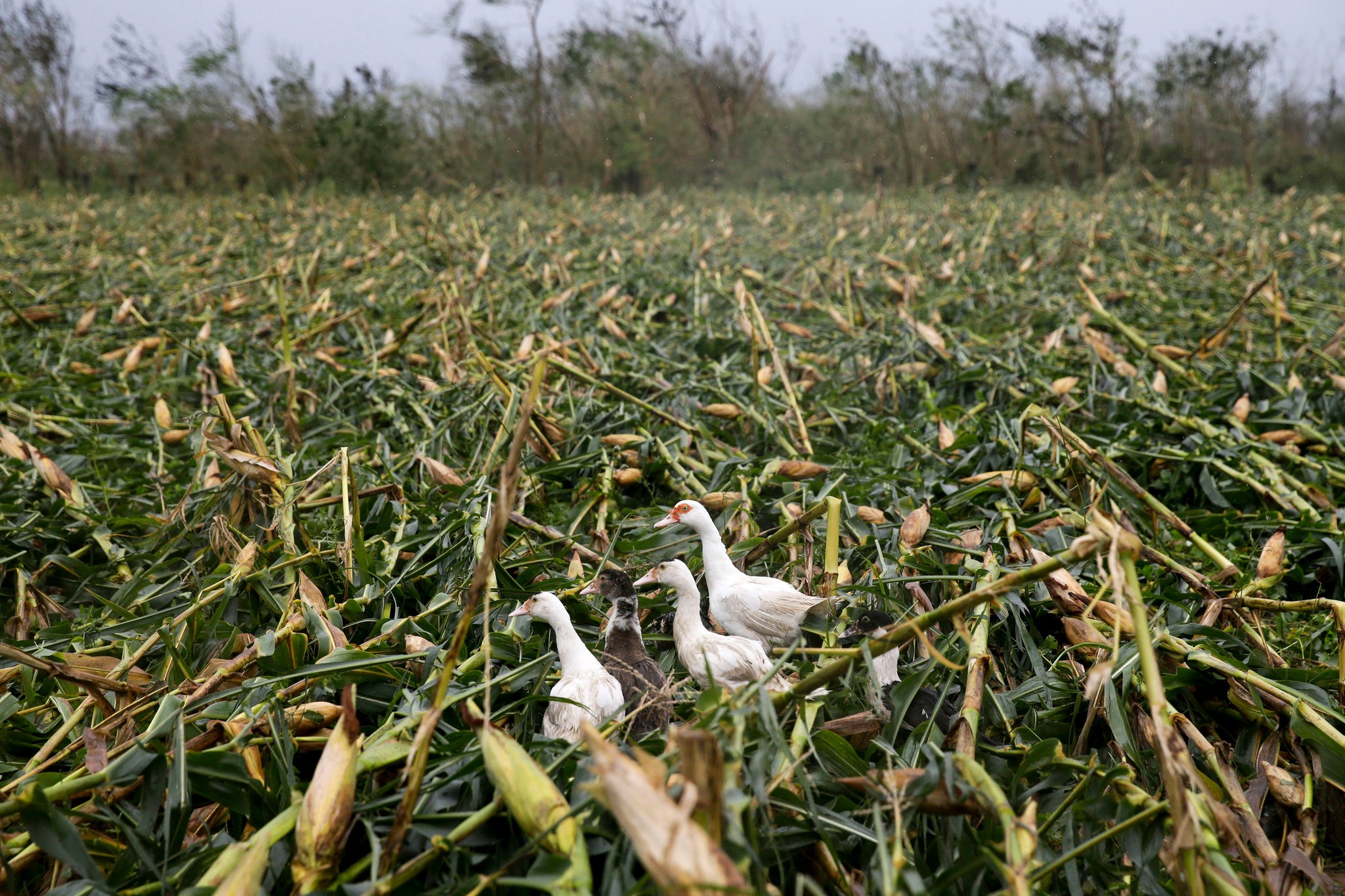
Philippines - State agri insurer speeds up typhoon payouts
More than 3,300 rice and corn farmers in this component city received over ₱11.6 million in crop insurance payouts this week.
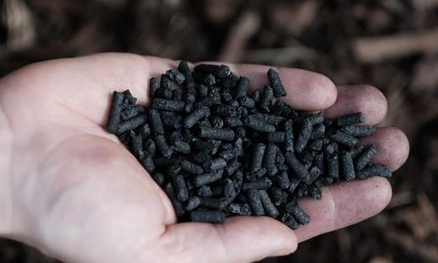
UK - £4m for sustainable agriculture and carbon removal firm relocating to Manchester
Black Bull Biochar (BBB), a UK start-up driving sustainable agriculture and carbon removal, has secured £4m in a late seed funding round to expand operations across the North West of England and accelerate its entry into northern Europe.
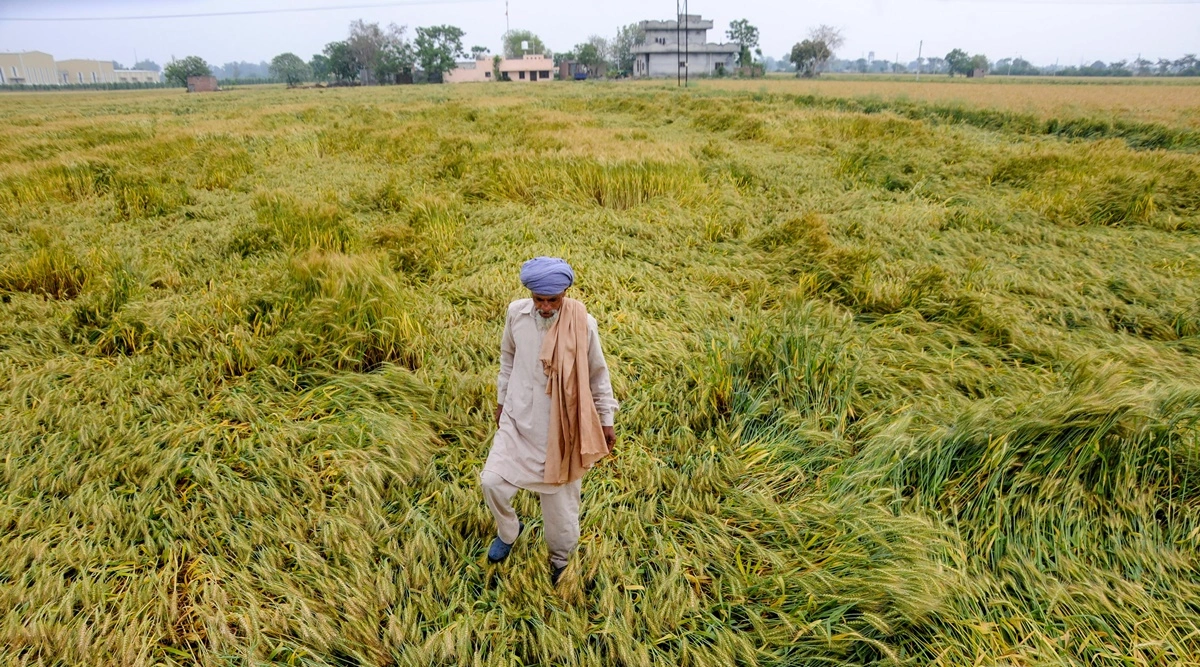
India - Delayed crop loss survey keeps Cauvery delta farmers in limbo
Nearly 90,000 hectares of samba and thalady crops are submerged, raising fears for the next cultivation cycle.

Romanian farmers to get financing support with €25 million EIB loan to Agricover Credit
Romanian farmers will be eligible for extra financing as a result of a €25 million loan that Agricover Credit IFN SA is receiving from the European Investment Bank (EIB).


